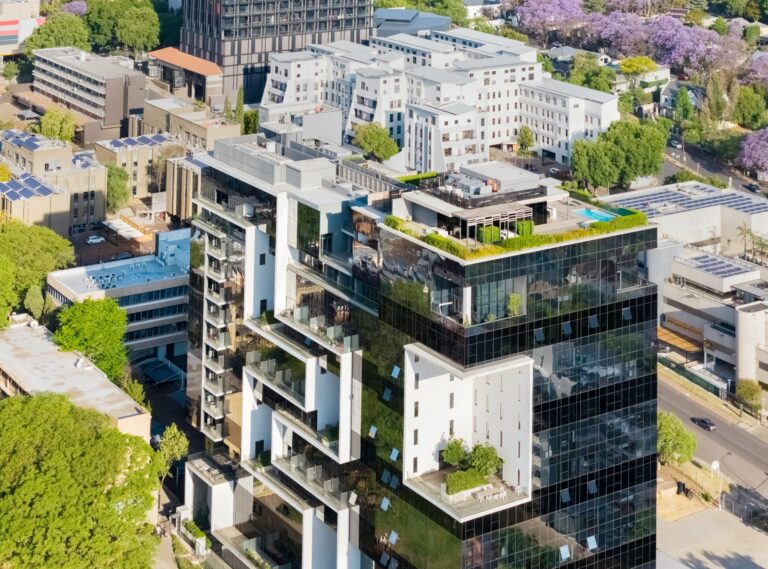As urban spaces evolve to meet the changing needs of modern residents, mixed-use developments are rapidly gaining popularity. A report released on October 1, 2024, by the Urban Land Institute (ULI) highlighted the growing trend of these multi-functional communities, where residential, retail, office, and recreational spaces are combined in one location. This shift reflects a broader desire for urban environments that offer convenience, sustainability, and a sense of community. Key players in this transformation include urban planners, developers, real estate investors, and city governments, all working together to create vibrant, walkable neighborhoods that meet the diverse needs of residents.
A pivotal moment in this trend has been the completion of several large-scale mixed-use projects in major cities like San Francisco, Boston, and Miami. These developments are designed with the “live, work, play” concept in mind, offering residents convenient access to everything they need—workspaces, shopping, dining, and recreational activities—all within walking distance. The appeal of this approach lies in its ability to enhance convenience and reduce reliance on cars, making everyday life more efficient and sustainable. For residents, this means a lifestyle where commuting is minimized, and daily errands, work, and leisure can all be accomplished in the same area.
The focus on sustainability is another key driver of the mixed-use development trend. These projects are strategically designed to reduce the need for long commutes, which not only cuts down on time but also reduces carbon footprints. The integration of green spaces, energy-efficient buildings, and transportation options like bike-sharing programs and public transit further contributes to the environmental goals of these developments. By creating communities where people can live, work, and socialize without needing to travel long distances, mixed-use developments are helping to foster a more sustainable, eco-conscious urban future.
Looking ahead, the lasting impact of this trend is expected to be significant in reshaping how urban areas are designed and developed. As cities continue to embrace mixed-use zoning, the demand for these types of developments is likely to rise. Developers are increasingly focusing on creating spaces that blend residential, commercial, and recreational uses to provide a well-rounded living experience for urban dwellers. For city governments, mixed-use developments are also a way to revitalize underutilized areas, attract investment, and build more resilient communities that are less dependent on automobiles.
As mixed-use developments become more prevalent, we may see a shift in the way people live in cities. With an emphasis on walkability, convenience, and sustainability, these developments are not only changing the look and feel of urban spaces but also altering the way people interact with their environment. In the future, it is likely that more cities will adopt mixed-use zoning regulations, encouraging the development of neighborhoods that are more integrated, accessible, and sustainable.
In conclusion, the rise of mixed-use developments signals a new era for urban living, where convenience, community, and sustainability are at the forefront. As cities continue to evolve, these developments will play a crucial role in shaping the urban landscape, offering residents a dynamic, multifaceted living experience that meets the demands of modern life. The trend toward mixed-use communities is set to redefine what it means to live in a city, creating more connected, livable, and environmentally friendly urban spaces for the future.
